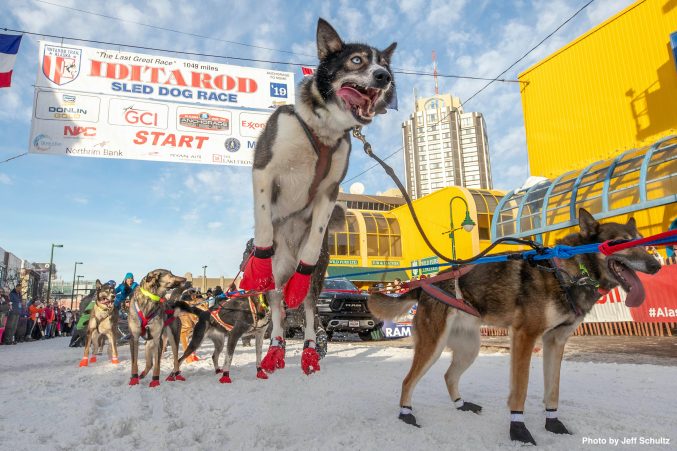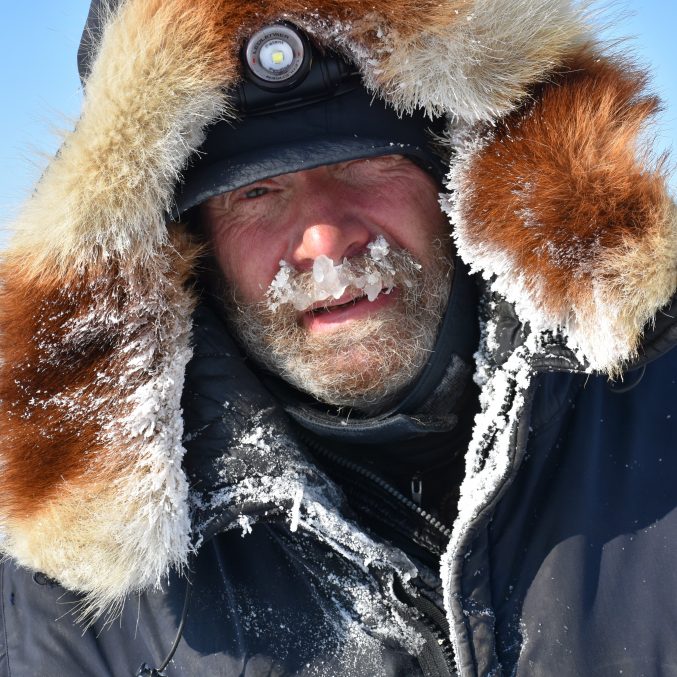
Out of control excitement at the Ceremonial Start 2019.
Photo by Jeff Schultz/ (C) 2019 ALL RIGHTS RESERVED
As a teacher, it feels like every year there is a new “trend” (and a new acronym) that needs to be integrated into the curriculum. Overwhelmed and frustrated are two emotions I feel when another buzzword comes across my desk or a new pilot program is pitched in an email. It would be easy to dismiss these as “educational fads” if they were meritless, but many of them aren’t. They are good practices that help our students improve their ability to learn in school, and in life. This year I hope to create easy, helpful, and applicable lesson ideas that are “snack-size” – just right for a morning meeting, a snack-time discussion, an after lunch break, or an end of day wrap up – to address Social Emotional Learning (SEL).

Sometimes my students have to let their feelings out!
I discovered how essential SEL was during my decade teaching PreK. Valuable classroom time isn’t wasted on SEL lessons, because every moment spent on SEL improves the overall academic learning. My goal is to provide SEL content that complements classrooms already using Iditarod, so that teachers don’t have to spend precious planning time figuring out how to integrate SEL into their day. Bonus: these lessons can be used to introduce Iditarod into the classroom for teachers who are new to the race and its many educational components.
What is SEL? Social Emotional Learning is the competency that students need to engage positively with the world: it is the heart of all learning. Students employ SEL skills to manage their emotions, feel confident in themselves, set goals, feel empathy, and make good decisions. Without these abilities, learning academic content is very difficult.
My district utilizes the Collaborative for Academic, Social, and Emotional Learning (CASEL- another acronym!) wheel model with five areas of focus: Self-Awareness, Self-Management, Social Awareness, Relationship Skills, and Responsible Decision-Making. It is the start of the school year, so why not start at the beginning — Self-Awareness.
As a Kindergaten-3rd grade teacher I’m always working to help young learners build their self-awareness, but older students should revisit these skills in a targeted way at the beginning of the schoolyear too. It is important for all students to consider their understanding of themselves: their identity, what they value, what emotions and feelings they have, and what they are interested in.
A key component of Self- Awareness is acknowledging, identifying, and understanding emotions. Push students to go beyond the “mad, sad, bad” list of feelings, and expand vocabulary to hone-in on specific feelings. This helps elementary students specifically identify a feeling and put it into words; it also makes for a much smoother conversation with a teacher. When kids are dealing with big emotions they aren’t in a place to learn content. Improving self-awareness helps students better understand themselves – and teachers to better understand their students. Older students are expanding their vocabulary, which can improve communication skills and writing skills. There are cultural components associated with feelings – and there are students who understand that their cultural identity might value, or de-value, certain feelings. As teachers we need to know about these differences so that we can deal with emotions in a way that honors the student’s family culture.
How can the Iditarod help teach emotional self-awareness? Mushers on the Iditarod have ALL the feelings: excitement (elation), pain (agony), frustration (irritation), love (affection), fear (terror), tiredness (exhaustion), anger (fury), sadness (heartbreak), happiness (joy), confusion (bewilderment), disappointment (failure)…the list goes on and on.
Use photos from various points in the race (like those below) to brainstorm with your class the range of musher emotions during the Iditarod. You can provide a caption or, for a challenge, let the image stand alone and have students use their critical thinking skills to find details in the photo to support their ideas. Want to integrate technology? Have older learners use thesaurus apps to come up with new vocabulary, cross reference with dictionary definitions, and then discuss or vote as a class if the new term applies to the photograph, using evidence from the image to support their thoughts, of course!

Sebastian Schnuelle gives kisses, pets and hugs to his dogs during Iditarod 2009. Photo by Jeff Schultz/ SchultzPhoto.com (C) 2018 ALL RIGHTS RESERVED
This is a quick way to start sharing Iditarod with your students! However, if you want more and aren’t sure exactly where to begin with Iditarod in the classroom, my next post on August 10 will have a Lesson Plan to kick off an Idita-year of learning!
Library Learnings: Tired, hungry, cold, and hot aren’t emotions, BUT they do impact the way students (and mushers) are able to deal with stressors and challenges. While reading Frindle by Andrew Clements to my 2nd graders we did some dictionary research. Did you know the word Hangry is in Websters’ English Dictionary? It is! It describes a very specific feeling; one that helps us better understand that maybe a student really can do the math problem… they just need a granola bar first!








